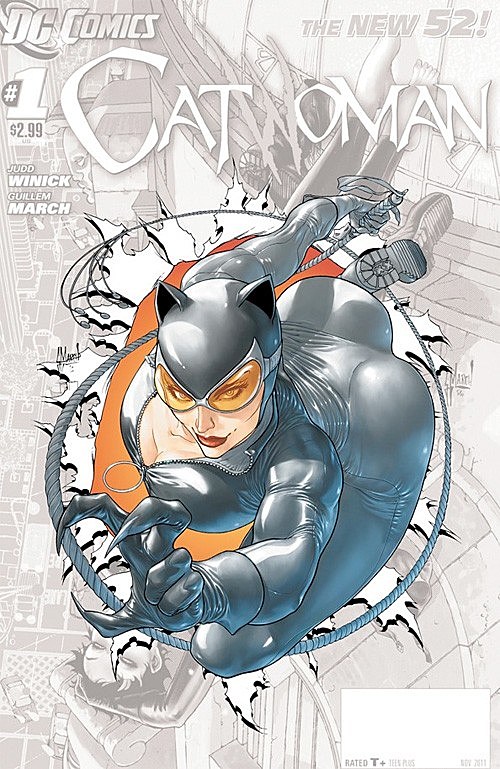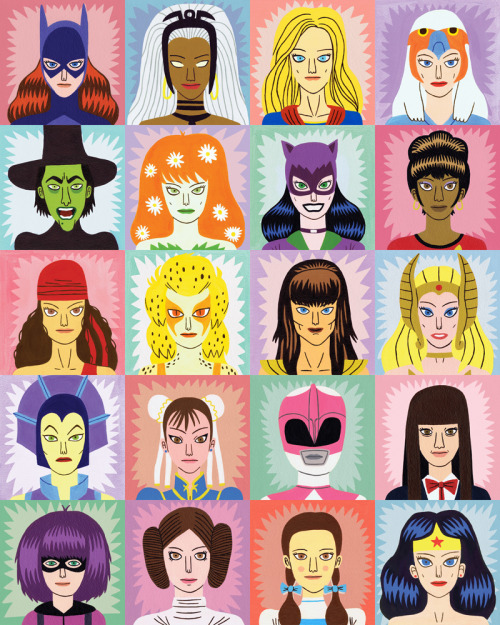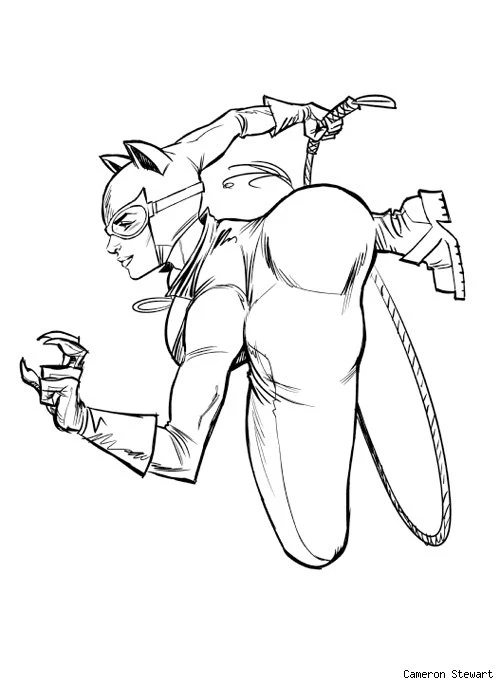How has misogyny/ misogynistic representations of women within geek culture affected female audiences?
[I am going to be focusing on comics and video games mainly so should I make this apparent in the title? Although its not just about the video games and comics its about the male fans]
2). Significance - Why is this Research important, or interesting?
Females do like comics, video games etc. Lots of female characters are overly sexualised for the male gaze - alienates a female audience when it should be more inclusive. Female audiences are accused of being 'Fake geek girls' and are bullied because of their gender. Anita Sarkeesian (creator of feminist frequency) recently got DEATH THREATS as she was supposed to talk in a school - (a school shooting was threatened).
3). Primary and Secondary Sources
Madrid, M (2009). The Supergirls, USA, Exterminating Angel Press
Pohl-Weary, E (2004) Girls Who Bite Back: Witches, Mutants, Slayers and Freaks, Canada, Sumach Press
Walter, D. (2012). Women are Fighting back in the Battle for Geek Culture. Available: http://www.theguardian.com/books/2012/jun/19/women-fighting-back-battle-geek-culture. Last accessed 5th Nov 2014.
Penny, L (2013) Cybersexism: Sex, Gender and Power on the Internet, Bloomsbury (E book Available: http://books.google.co.uk/books?hl=en&lr=&id=6bacAgAAQBAJ&oi=fnd&pg=PT4&dq=geek+misogyny&ots=_oUrjrauAd&sig=5-3AmHSmbIEalB4V4b8vNY6-Uoc#v=onepage&q=geek%20misogyny&f=false)
Thorpe-Moscon, J.S (2013) How Geek Girls Will Rule the World, CreateSpace Independent Publishing Platform
Boiling, B & Smith, M.J (2014) It Happens at Comic-Con: Ethnographic Essays on a Pop Culture Phenomenon, McFarland
Gabilliet, J (2010) Of Comics and Men: A Cultural History of American Comic Books, University press of Mississippi
Schrier, K (2010) Designing Games for Ethics: Models, Techniques and Frameworks: Models, Techniques and Frameworks, Idea Group Inc.
Prescott, J (2013) Gender Divide and the Computer Game Industry, IGI Global
Knight, G.L (2010) Female Action Heroes: A guide to women in comics, video games, Film and Television, ABC-CLIO
I have been to talks at thought bubble and spoken with a few artists already but I intend to speak to people in the comic & game industry as well as fans as primary research to get their opinions on this. I'm wondering if males will have a different opinion to females.
4). Methods
I am going to be mainly researching the misogynistic representations of women within comics and videogames and how that affects a female audience. It would also be useful to research what girls actually want from a comic - as the terrible misogynistic ones are clearly not designed for them. I will look into comics that are designed for females, created by females and/or have characters obviously not intended for the male gaze.
my practical work is going to look at subverting misogynistic themes in geek culture & making something that is more accessible for women. I'd like to include some kind of humorous element to highlight the ridiculous-ness of some things - body proportions to look sexy and revealing outfits etc but also design some kick-ass characters.
5). Limitations -
I knew I wanted to do something to do with women in geek culture but just 'women in comics' is such a broad topic I had to narrow it down. Initially I thought about basing it around strong female characters - as there are a lot in comics, games and TV that can often be overlooked as geek culture is seen more as a male thing. This was a good starting point but I realised what I wanted to say was more about how women are treated negatively - also I wanted to try and combine the two which would have made way too much too research!
From 'geek culture' I narrowed it down to comics and videogames as those are the most problematic when it comes to misogyny within the culture - also trying to research comics and games and tv and film and EVERYTHING related to geek culture would have been a big mess of research that I would have just got lost in (and probably written all about Buffy the Vampire Slayer) I am unsure whether to narrow it further to just comics - As 'gamergate' has just happened I feel it would be useful to include video games within the essay but I'm not sure if this will make my research too broad.
6). Essay Plan -
a) Introduction
- introducing how terrible misogyny is (do I need to introduce what is is?)& how there is loads of it in geek culture - comics video games.
- Male dominated culture - are females affected by this? [yes, and we'll talk about this later. - Briefly outline problems of the culture in regards to misogyny etc. ]
b) Main Body
- Representation of women in comics and video games - their roles, costumes, design, sexualisation - female characters created for the male gaze (and not to threaten them)
- How female fans are treated by the 'geek' community - the effects of this - alienation, unable to enjoy games etc
- How female fans feel seeing how women are represented - is it disheartening to see few female characters that are not obviously created for the male gaze.
- Women working in the industry - how are they affected/how are they working on reducing misogyny
c) Some Visual Examples - Will probably find more and narrow the selection down from there - these are all based around comics and I would like to find some video game concept art/ screenshots of characters that are problematic.
 | ||
Thor Cover
|
 |
| Cameron Stewars & Babs Tarr |
 |
| Jamie Hewlett |
 |
| Guillem March |
- maybe look at progression of the culture here & what can be done to further the inclusion of women within geek culture.
- summary of findings











